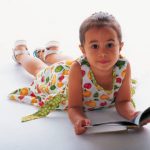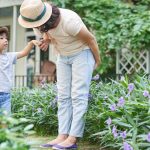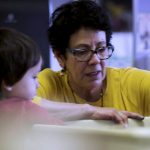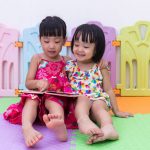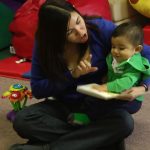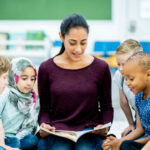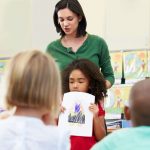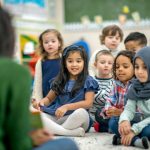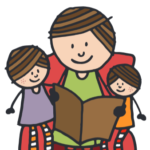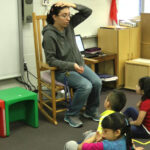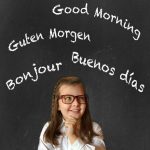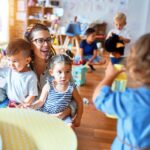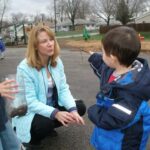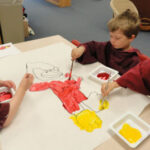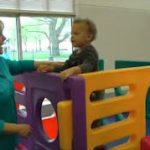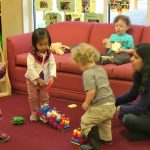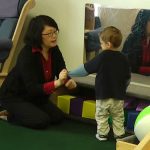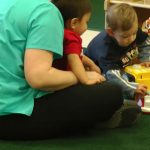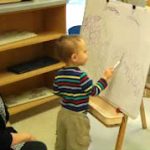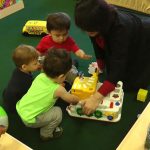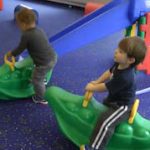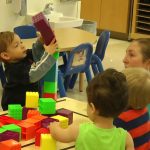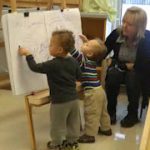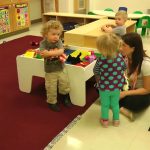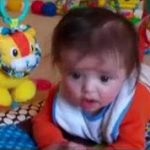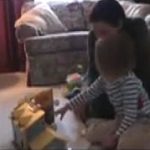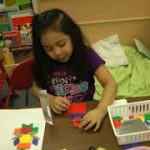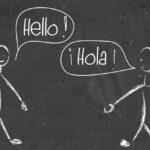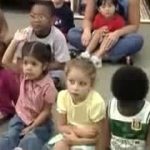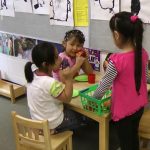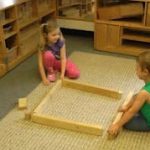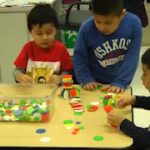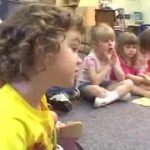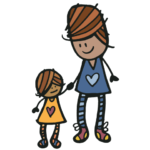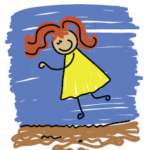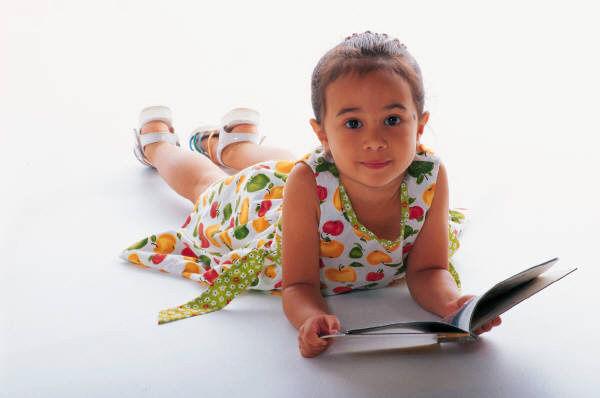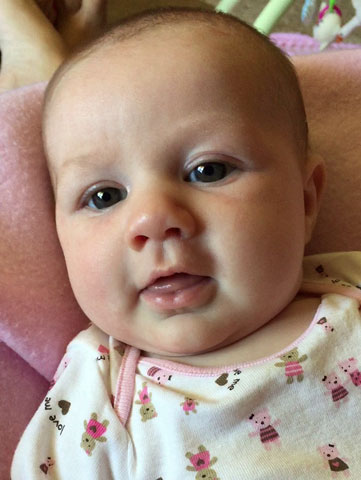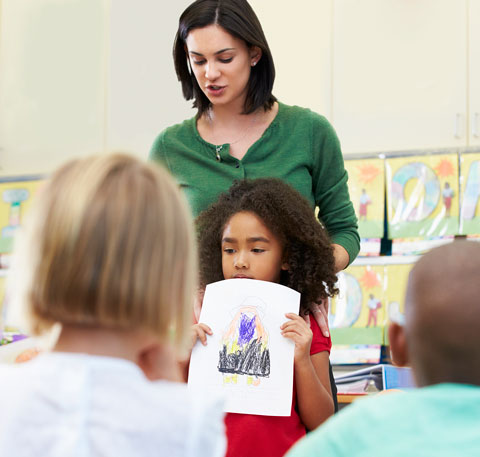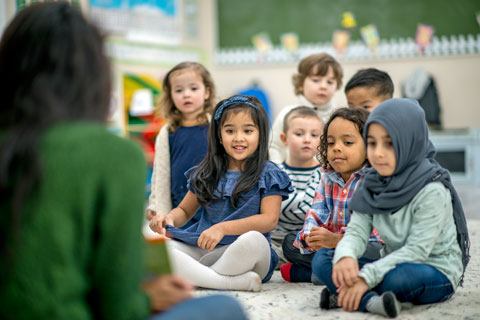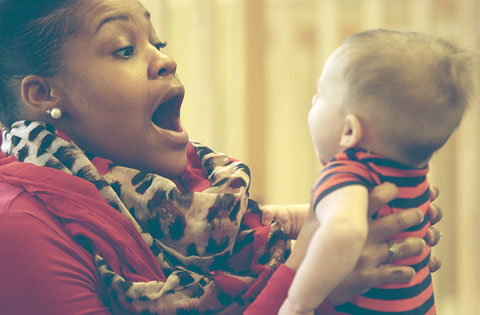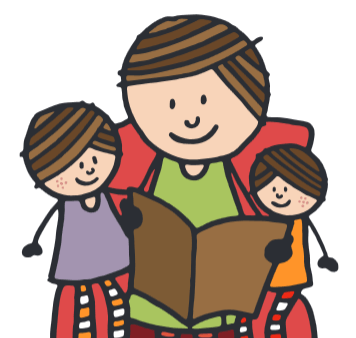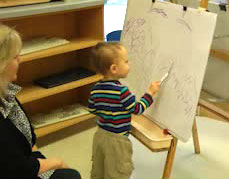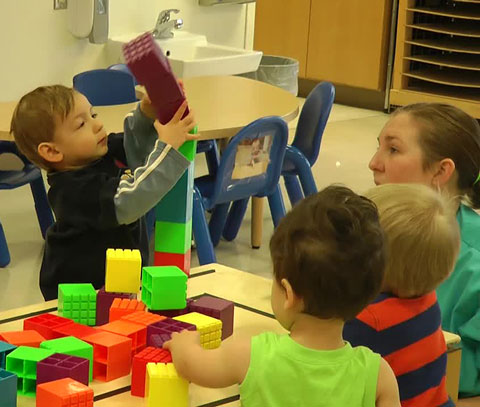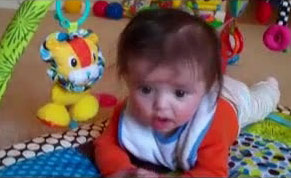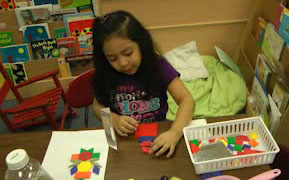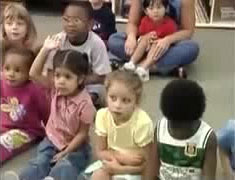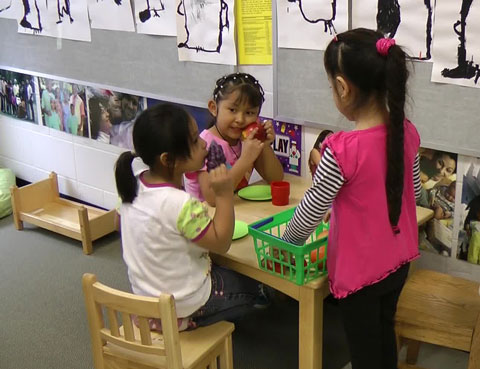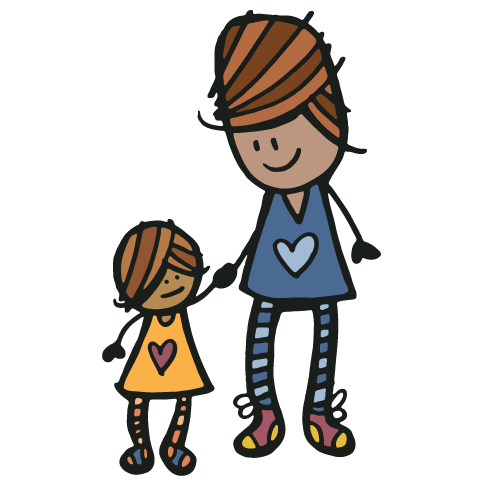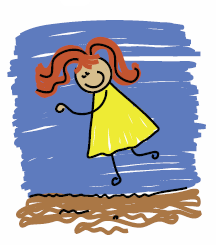Keyword: Language Development
-
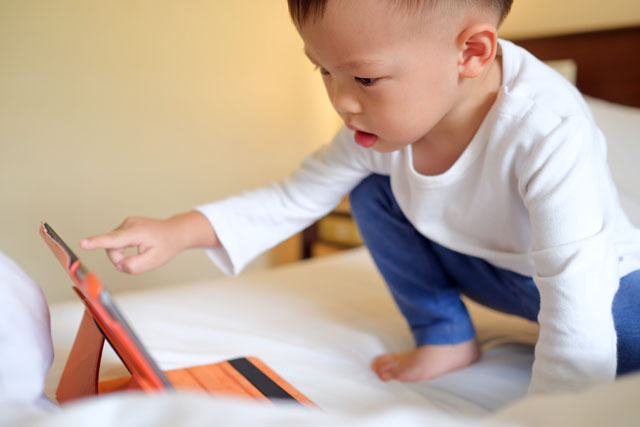
Too Much Tech: Screen Time and Families
This podcast features Dr. Emma Mercier, associate professor of curriculum and instruction at the University of Illinois Urbana-Champaign. Dr. Mercier shares guidance and tips for families of young children in using technology at home.
-
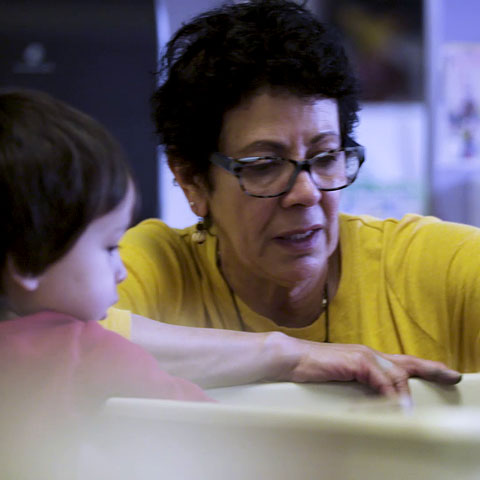
Maybe We Can Make a Road!
In this video, two children are playing at a sensory table filled with gravel, miniature road signs, and toy cars. The teacher introduces two unique words, terrain and yield, to the children as she plays side by side with them.
-
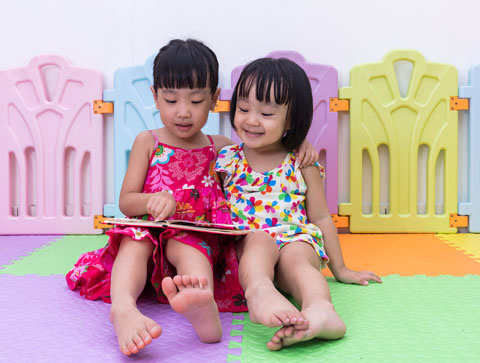
Resources to Help Serve Dual Language Learners (DLLs)
Across Illinois, early childhood programs serve a very culturally and linguistically diverse group of children and families.
-
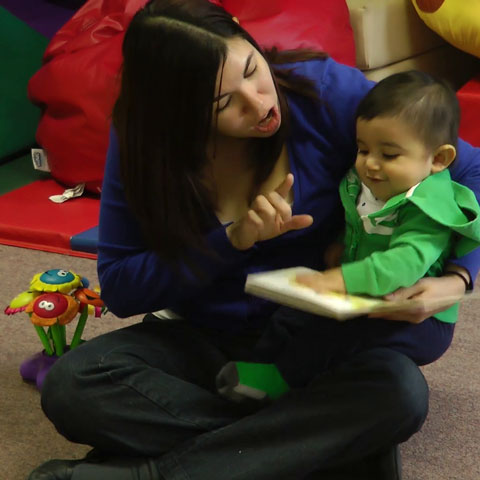
Sing Pío, Pío, Pío
A strong foundation for early literacy learning is created when caregivers and children read together, starting in infancy. Every time a caregiver reads, sings, and talks with a young child, they are building the child’s vocabulary and language skills.
-

Choose Good Books That Accurately Reflect Cultures and Home Languages
When teachers and child care directors are seeking new books to add to classroom libraries, it’s important to think intentionally about the children and families who will be reading those books.
-
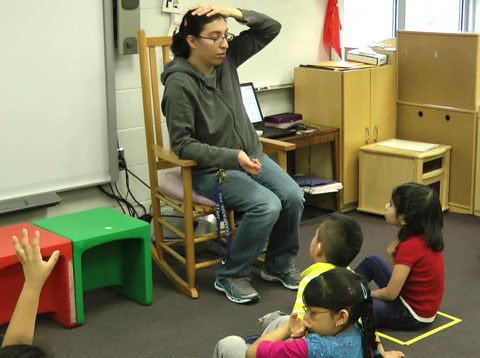
Retelling “Caps for Sale”
Children gain great comprehension and communication skills when they have the opportunity for rich discussion during read-aloud times. Stories read aloud also can provide opportunities for children to use their memory skills and retell stories with their peers and teachers.
-
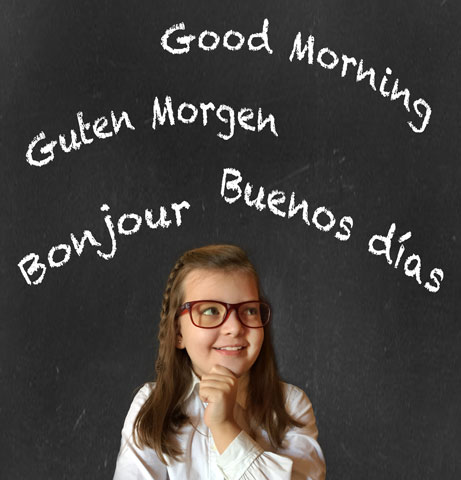
Maintaining Home Language Is a Great Gift
Young children are like sponges and take in a lot of information from their environment and process it to learn new things.
-
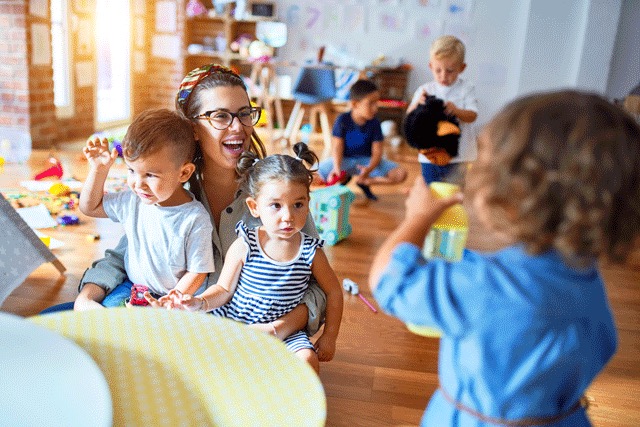
Learn by Listening to Language: Build Phonemic Awareness Skills
When we think about young children learning to read, we might imagine children learning letter names, sight words, and exploring picture books. To become skillful readers and writers, children also need opportunities to build oral or spoken language skills in addition to these important opportunities to engage with printed words.
-

Encouraging Literacy Development in Infants and Toddlers
This list contains a variety of resources which can be helpful to teachers, parents, and caregivers in order to encourage literacy development in infants and toddlers.
-

Welcoming Latino Children and Families to Preschool Programs
This list contains a variety of resources associated with welcoming Latino children and families to preschool programs.
-

Parallel Talk: A Simple Way to Provide English Vocabulary
Children’s families are a strong source of support for promoting the home language in classrooms and other caregiving settings.
-
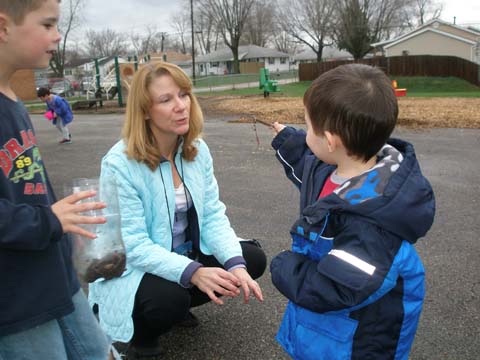
The Worm Project
Kim Burd and Laura De LucaJ. L. Hensey Elementary SchoolWashington, IL District #50 The Worm Project took place in morning and afternoon sessions of two self-contained ECE classrooms in the J. L. Hensey Elementary School in Washington, Illinois, a community of about 15,000 near Peoria. Head teachers in the classrooms were Mrs. Kim Burd and…
-
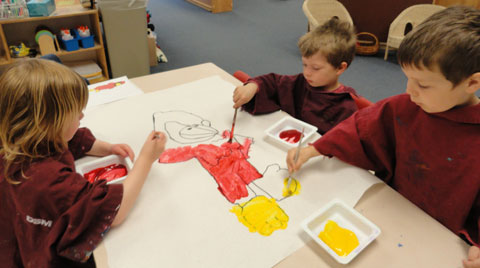
How Do People Celebrate Birthdays?
Lisa Lee and Pam MorbitzerIllinois State University Child Care CenterNormal, Illinois The How Do People Celebrate Birthdays Project took place in a multiage classroom at the Illinois State University Child Care Center in Normal, IL. The center offers full- and part-time care for children ages 3 to 5. The ISU Child Care Center has three…
-
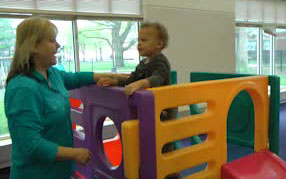
You Made It
This video takes place in the gross motor room of a university laboratory child care and preschool. This room is used for gross-motor activities by all classrooms in the center during inclement weather. Max (21 months) is trying to get up the climber, and the teacher helps him get to the top.
-
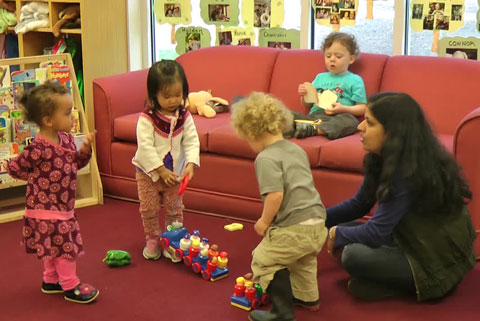
Two Trains
Sadie (26 months) pulls two trains across the carpet and sits down on the teacher’s lap. Sadie and the teacher are talking about the two trains while Daniel watches. Daniel reaches down to take the handle of one of the trains, to which Sadie objects. The teacher then asks Sadie to give one of her…
-
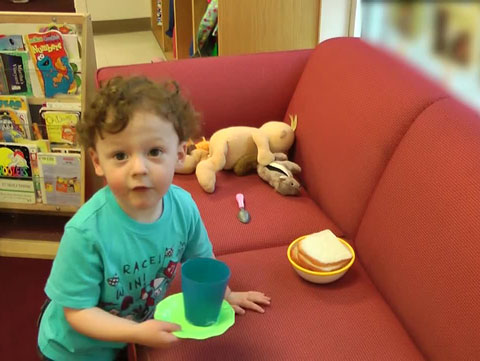
Tea Party
Through a progression of short clips taken over a span of 30 minutes, this video focuses on Hudson (at 30 months, the oldest in the class) gathering items, stuffed animals, and dolls; arranging them on a couch; and (briefly) enjoying his tea party with his stuffed animals.
-
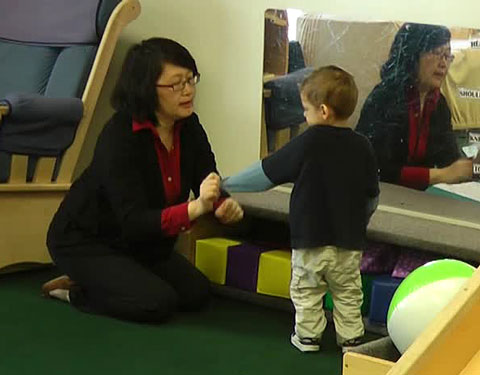
Roll Them Up
This interaction shows the teacher trying to decipher what Jayden is trying to do and what he wants.
-

Ready? Boing!
This interaction shows how the teacher appropriately engages the children by asking Spencer to participate and redirecting Mason when he takes the bear.
-
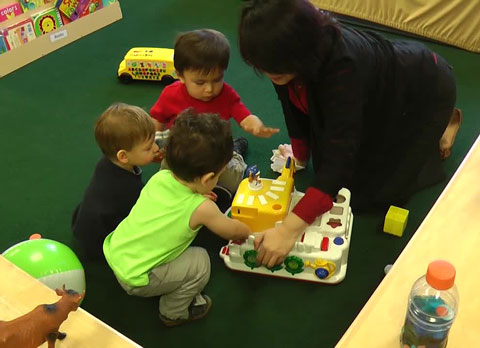
Press Here
Jayden (20 months), Mason (21 months), Spencer (20 months), and the teacher, Sui Ping, are sitting on the floor engaged with an activity box. Sui Ping is demonstrating for Mason how to make the small bear “jump” off the toy by pushing a button. The other two boys are also trying to play with the…
-
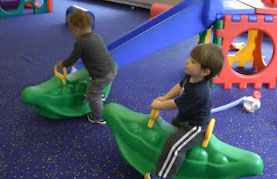
Pea Pod Rockers
Max (21 months) and Kenyon (27 months) are near the pea pod rockers, attempting to climb onto them. The teacher steps in to assist Max in climbing onto the rocker. She offers guidance to him and is close to him as he tries to climb onto the rocker.
-

The Duck
This clip demonstrates a young toddler’s ability to connect a picture on a toy with a word and a sign she had been taught.
-
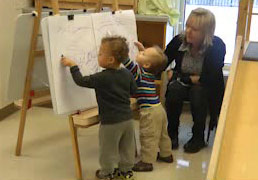
Blue or Purple
This is a nice example of the caregiver reading the cues of the child and assisting them through an interaction that had the potential for conflict.
-
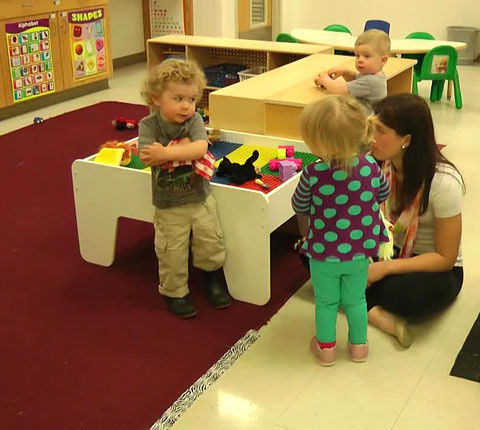
All Done
This video takes place in a toddler room of a university laboratory child care and preschool. Daniel (25 months) and Mia (23 months) are standing at the Lego table. A teacher is helping Mia ask Daniel to share the blanket he is using when he is done. The teacher provides her with words to use,…
-
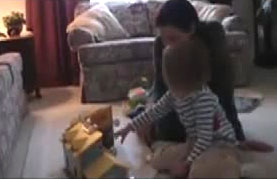
Going Camping
Three-year-old Ellie and her mother are playing with familiar toy family figures, a dollhouse, furniture, and a camper. By listening carefully to what Ellie says as they play, her mother discovers things that she can help Ellie understand in areas such as counting, good manners, and nutrition.
-
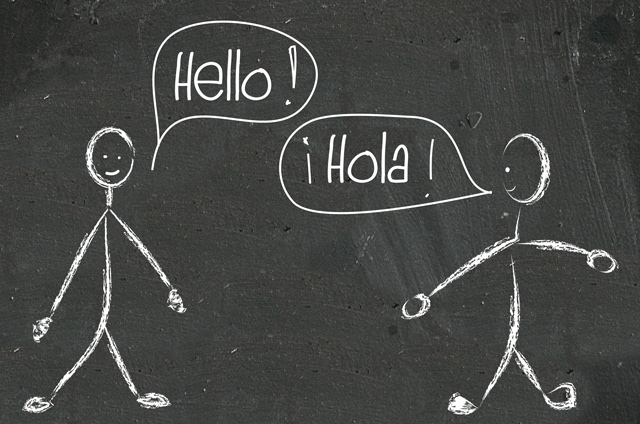
Helping DLLs Learn in Two Languages During Early Childhood
Teachers and caregivers of young DLLs can support the development of both English and the home language through intentionally connecting with children’s families.
-
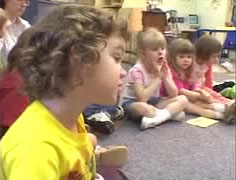
Air and Tires
A mixed-age group of children in a preschool class at a rural community college studied the cars in the automotive lab where mechanics are trained.
-

Learning by Listening to Language
These games will help your child begin to demonstrate an understanding of spoken words, syllables, and sounds.
-
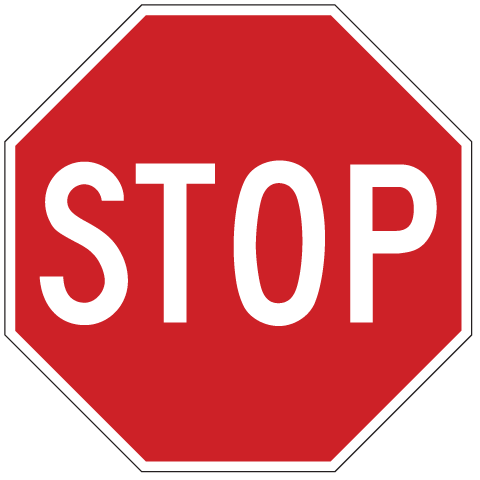
Discover Letters and Words
You are helping your child develop early reading skills as you talk to your child about the words you see all around you.
-

Summer Language Learning in Community Settings
As the weather warms up, DLLs, their families, and caregivers have many opportunities to spend time together out in the community.




